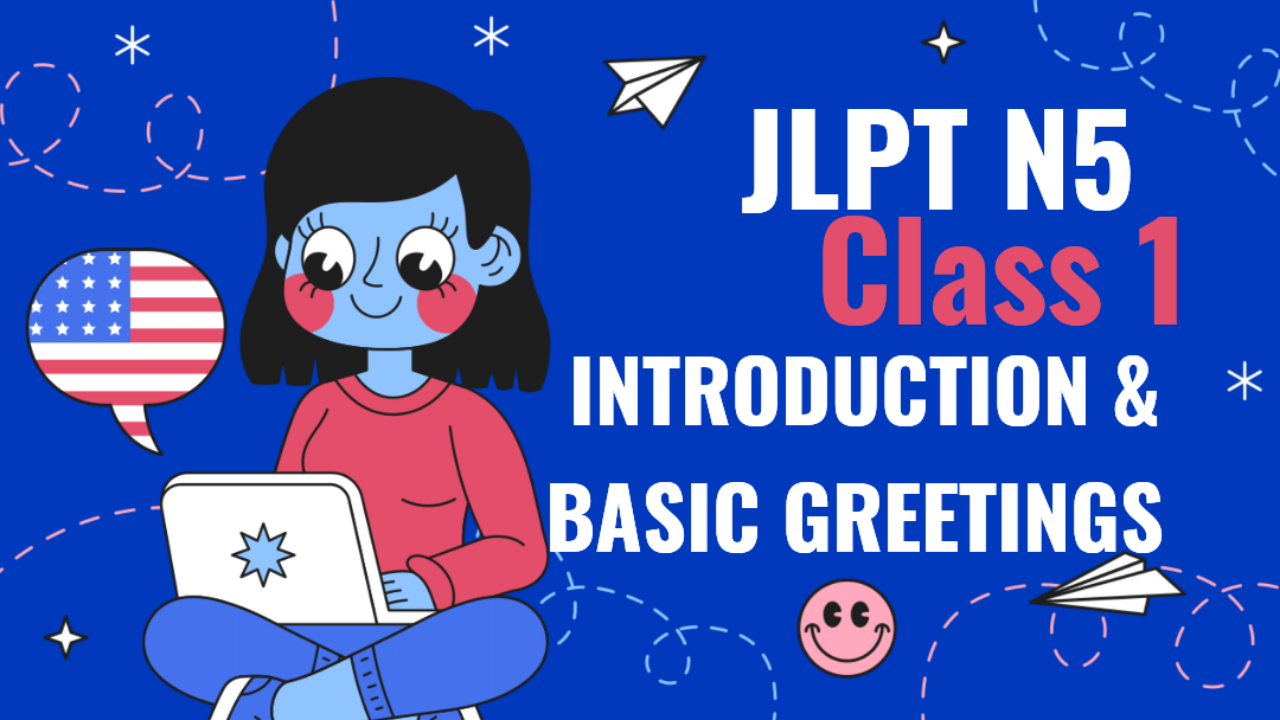MMPC-06: Marketing Management
Unit 12: Pricing Decisions
12.1 Introduction to Pricing Decisions
Pricing is one of the most critical elements of the marketing mix. It directly influences revenue, profits, and the positioning of a product in the market. This unit covers the importance of pricing, various pricing strategies, factors that influence pricing decisions, and the role of pricing in competitive environments.
12.2 Importance of Pricing in Marketing
Pricin
g is a key determinant of consumer purchasing behavior and plays a significant role in a company’s profitability. The price of a product can:- Influence consumer perception: Price is often associated with quality. Higher prices can signal premium positioning, while lower prices may indicate affordability.
- Affect market demand: The price elasticity of demand measures how sensitive consumers are to changes in price.
- Impact company revenue: Price is the only element of the marketing mix that directly generates revenue, while all other elements incur costs.
12.3 Objectives of Pricing
Pricing decisions should align with the overall marketing and corporate objectives of the firm. Common pricing objectives include:
- Profit Maximization: Setting prices to achieve the highest possible profit.
- Market Penetration: Setting lower prices to capture a large share of the market quickly.
- Market Skimming: Setting high prices initially and then gradually lowering them to target different segments.
- Survival: During tough market conditions, firms may set prices low just to cover costs and remain in business.
- Price Leadership: Firms in oligopolistic industries may set prices to establish themselves as leaders in the market.
12.4 Factors Influencing Pricing Decisions
Pricing decisions are influenced by both internal and external factors. These include:
12.4.1 Internal Factors
- Cost Structure: Pricing must cover production costs and contribute to profitability. Companies often adopt cost-plus pricing, where a fixed margin is added to the total cost.
- Marketing Objectives: The pricing strategy depends on whether the company aims to maximize profit, increase market share, or enhance brand perception.
- Product Life Cycle: Pricing changes as the product moves through its life cycle. Prices may be higher during the introduction phase and decrease in the maturity or decline stages.
- Brand Image: Companies with a strong brand can often charge premium prices because of the perceived value.
12.4.2 External Factors
- Market Demand: Elasticity of demand plays a crucial role in pricing. If demand is price elastic, small price changes lead to significant changes in demand.
- Competition: In competitive markets, pricing decisions are influenced by the prices set by competitors. Companies may choose to price their products similarly or differentiate based on unique selling points (USPs).
- Economic Conditions: Inflation, interest rates, and economic growth impact consumer purchasing power and, thus, pricing decisions.
- Government Regulations: Price controls, taxes, and tariffs imposed by governments can affect pricing strategies, especially in regulated industries.
12.5 Pricing Strategies
Companies adopt different pricing strategies based on their objectives, market conditions, and product characteristics. Some of the common pricing strategies include:
12.5.1 Cost-Based Pricing
In cost-based pricing, the company adds a markup to the cost of producing the product. It is a straightforward method but may not always account for market conditions or consumer demand.
- Advantages: Simple to calculate, ensures that costs are covered.
- Disadvantages: Ignores market demand and competitor prices.
12.5.2 Value-Based Pricing
In value-based pricing, the company sets the price based on the perceived value of the product to the customer. This method is often used for premium products.
- Advantages: Allows for higher prices if the value is perceived to be high.
- Disadvantages: Challenging to quantify customer perception of value.
12.5.3 Competition-Based Pricing
In competitive markets, companies often base their prices on those of competitors. This can involve matching competitor prices, setting lower prices to gain market share, or setting higher prices to reflect superior quality.
- Advantages: Reflects market conditions, avoids price wars.
- Disadvantages: May lead to reduced profitability if prices are too low.
12.5.4 Penetration Pricing
Penetration pricing involves setting a low initial price to attract a large number of customers and quickly gain market share. Once the company achieves sufficient market penetration, it can increase prices.
- Advantages: Rapid market penetration, discourages competition.
- Disadvantages: May lead to initial losses, difficult to raise prices later without alienating customers.
12.5.5 Price Skimming
Price skimming involves setting high prices initially and then gradually lowering them as the product moves through its life cycle. This strategy is often used for innovative or luxury products.
- Advantages: Maximizes profits from early adopters, can recover initial investment quickly.
- Disadvantages: May attract competitors, limits market penetration.
12.6 Pricing for New Products
When launching a new product, firms face a critical decision regarding its pricing. The two primary strategies for new products are:
- Market Skimming: Setting a high price initially and lowering it over time. This is effective when the product has little competition, and customers are willing to pay a premium.
- Penetration Pricing: Setting a low price to gain market share quickly. This strategy is useful in competitive markets to attract price-sensitive customers.
12.7 Psychological Pricing
Psychological pricing considers the way customers perceive prices. Common techniques include:
- Odd Pricing: Setting prices slightly below a round number (e.g., ₹999 instead of ₹1000) to make the price seem lower.
- Prestige Pricing: Setting higher prices to create an image of luxury and exclusivity.
- Bundle Pricing: Offering multiple products at a lower combined price than the sum of individual prices to encourage larger purchases.
12.8 Price Adjustments
Companies may need to adjust their prices in response to market conditions, changes in costs, or competitive actions. Common price adjustment strategies include:
- Discounts and Allowances: Offering price reductions to encourage bulk purchases, quick payments, or off-season sales.
- Geographical Pricing: Adjusting prices based on the location of customers due to differences in transportation costs, tariffs, or demand.
- Promotional Pricing: Offering temporary price reductions to increase short-term sales or to introduce a product to new customers.
12.9 Case Studies and Experiments
Case Study: Apple’s Pricing Strategy
Apple employs a price-skimming strategy for its premium products like the iPhone and MacBook. The high initial price targets early adopters who are willing to pay for innovation and quality. Over time, Apple reduces prices or introduces more affordable models to attract a broader customer base.
Experiment: Testing Price Elasticity
A retail company may experiment with different price points to determine the price elasticity of demand for its products. By temporarily lowering or raising prices, the company can observe changes in sales volume and adjust its long-term pricing strategy accordingly.
12.10 Summary
Pricing is a crucial marketing decision that directly impacts a company’s revenue, profitability, and market positioning. Firms must consider internal and external factors when setting prices and choose appropriate strategies based on their objectives and market conditions. Pricing for new products, psychological pricing, and price adjustments are important considerations for maintaining competitiveness and customer satisfaction.
Assignments for Unit 12
- Compare and contrast cost-based pricing and value-based pricing. Provide examples of companies using each strategy.
- Discuss the factors influencing pricing decisions for a new product launch.
- Explain the importance of psychological pricing in consumer behavior.
Self-Study Questions
- What are the different pricing strategies available to companies? How do these strategies impact consumer behavior?
- Explain the concept of price elasticity of demand. How does it influence pricing decisions?
- How does competition affect pricing decisions in a market?
Possible Exam Questions
- Discuss the various pricing strategies a company can adopt. Provide examples of industries where each strategy is applicable.
- What are the key factors that influence pricing decisions? How should companies balance internal costs with external market conditions?
- Explain how a company can use penetration pricing and price skimming strategies during a product launch.
This unit provided an in-depth understanding of pricing decisions in marketing management, covering the importance of pricing, various pricing strategies, and the factors that influence pricing decisions. Effective pricing strategies can lead to competitive advantage, increased market share, and enhanced profitability.





















